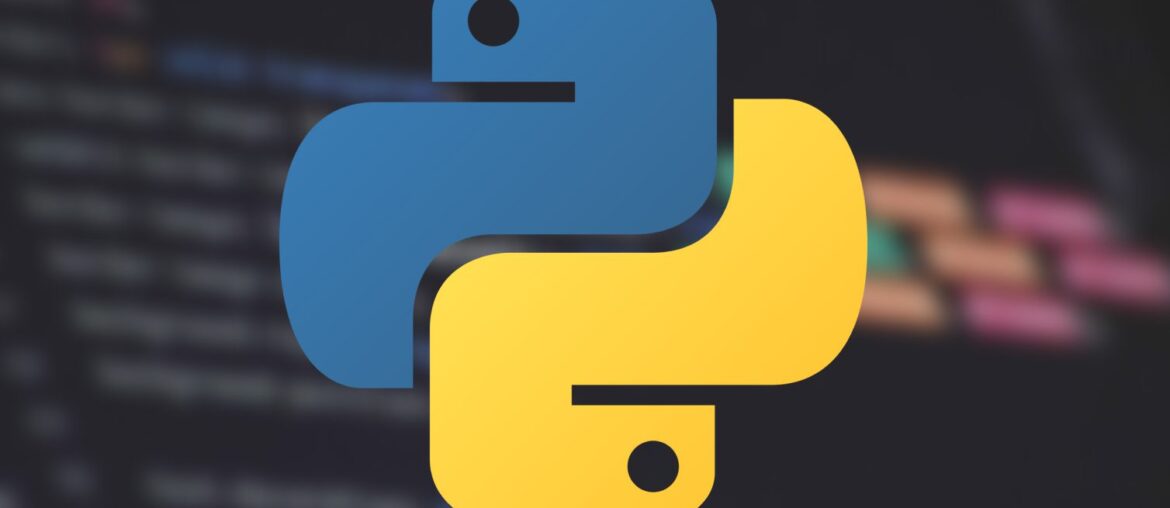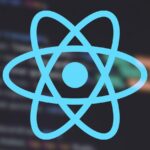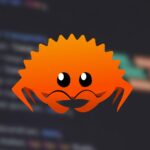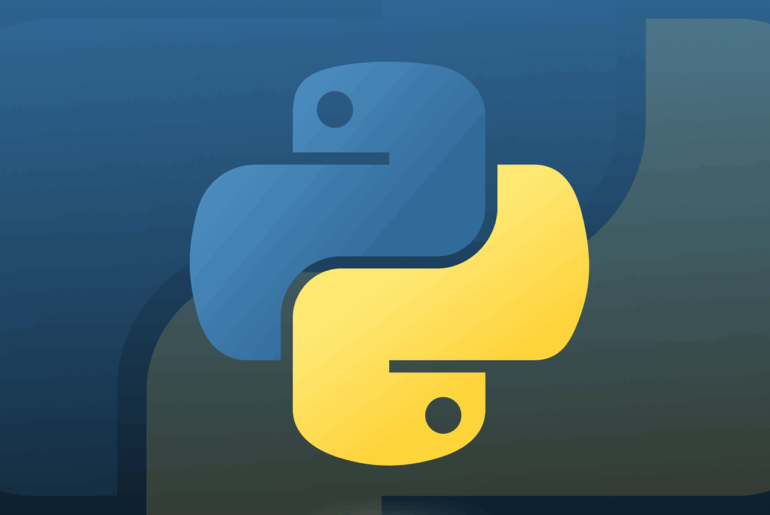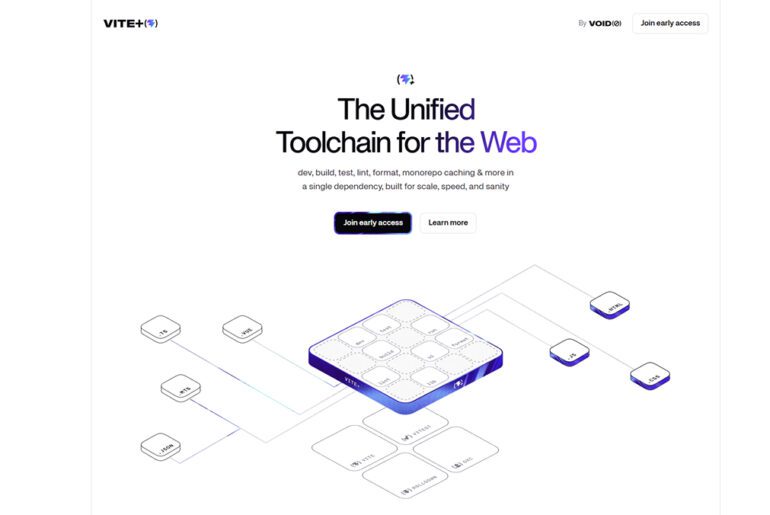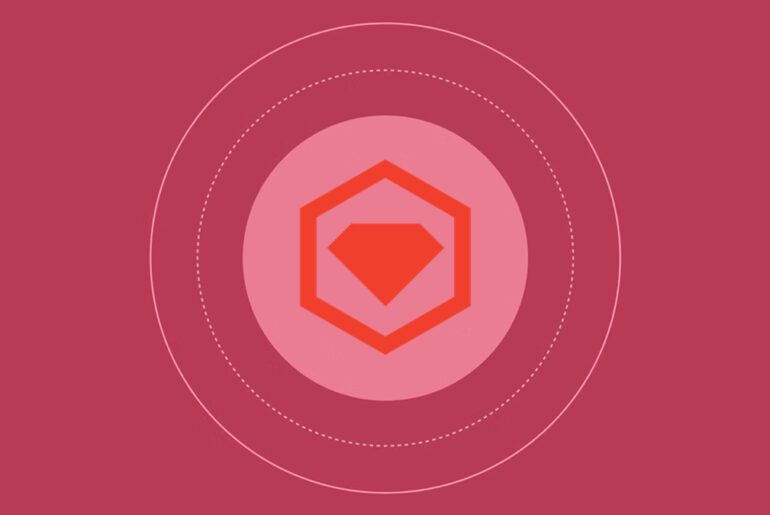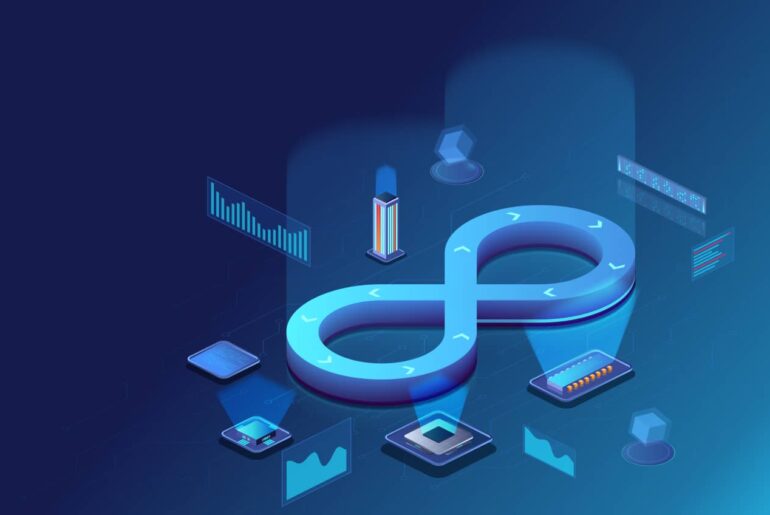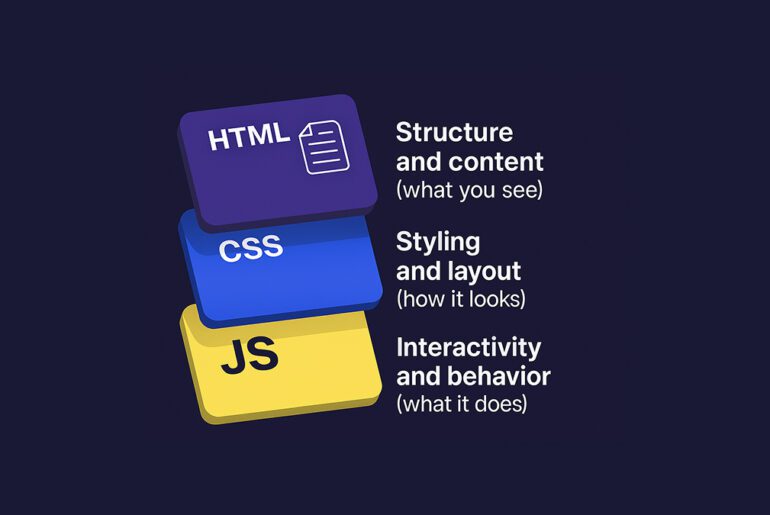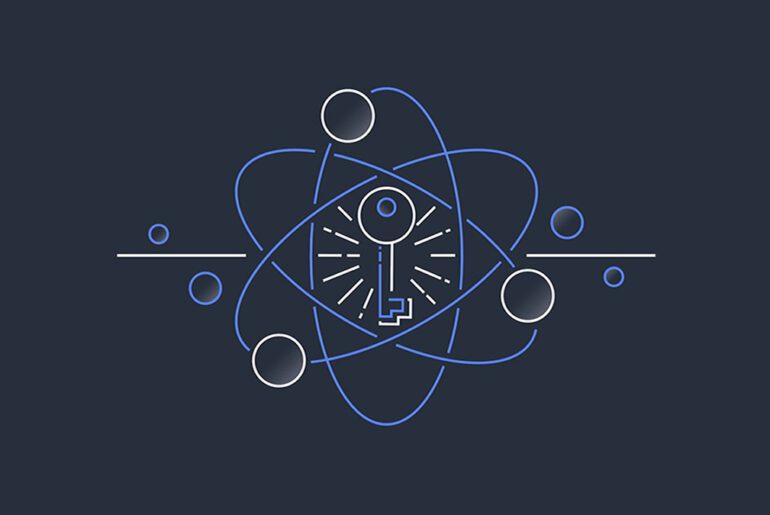Python’s web ecosystem has evolved a lot over the years. In the early days, frameworks were simpler, synchronous, and often minimal. Flask (released 2010) and Django (2005) set early landmarks: Flask offering a microframework, Django giving a “batteries-included” full stack. Over time, the community added tools for asynchronous operation, type checking, API-first design, and richer modular architectures.
By 2024 and 2025, several trends have reshaped how we think about Python web frameworks:
- Async and concurrency support is now expected, not optional.
- Type hints and static checking are increasingly integrated into frameworks.
- API-first design (i.e. building backend services that serve JSON/REST or GraphQL) is more common than monolithic monolithic web apps.
- Performance, startup time, and minimal overhead matter, especially for microservices and serverless deployments.
So when we talk about “popular” in 2025, we mean frameworks that are actively maintained, widely used (in industry and open source), and reflecting current best practices.
In this guide you’ll see how each of the major frameworks fits into today’s landscape, and by the end I’ll help you choose which direction to explore next.
Before listing frameworks, let’s be clear about what “popular” means:
- Usage in real projects: how often a framework is chosen for production systems
- Community activity: frequency of commits, issue resolution, releases
- Adoption in new projects: trending frameworks gaining mindshare
- Ecosystem and tooling: availability of plugins, integrations, extensions
- Performance & modern features: async support, type safety, etc.
With that lens, let us examine the frameworks that dominate the scene in 2025.
Below are the Python web frameworks that are most talked about, deployed, or trending as of 2024–2025.
Django
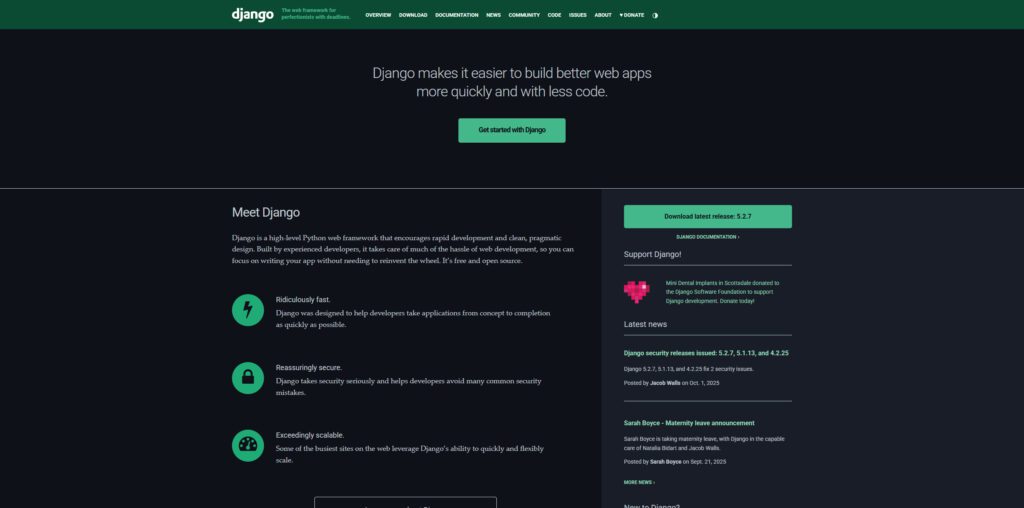
Django remains a powerhouse. It continues to be a go-to framework when you want a mature, stable, well-documented, full-feature system. It gives you ORM, auth, templating, form handling, admin UI, and more out of the box.
Because of its maturity and broad use, Django is often chosen for large apps, enterprise systems, or where rapid development with robust defaults matters.
One limitation is that Django is primarily synchronous (though Django has made inroads into async views), so when your use case demands many concurrent requests (e.g. websockets, high throughput APIs), you may find more specialized frameworks better suited.
Flask
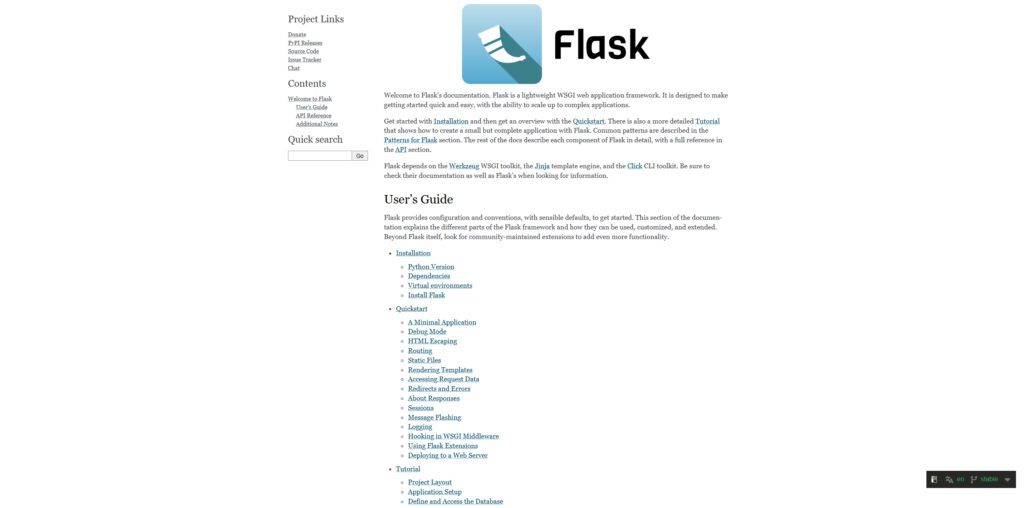
Flask is often described as the canonical microframework. It gives you routing, request/response, templating, and lets you pick your extensions. It is simple, flexible, and widely adopted.
In 2025, Flask continues to be popular especially for smaller projects, prototypes, or where you want full control over your stack. Its simplicity is its strength.
However, because many features are delegated to external libraries, you must often stitch together your stack (ORM, security, migrations, etc.). That can lead to more architectural decisions.
FastAPI
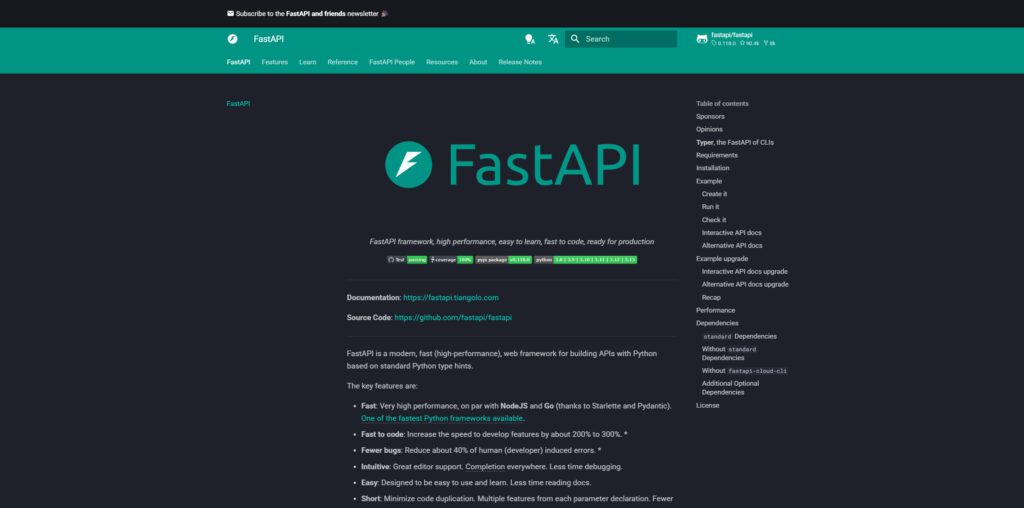
FastAPI has surged in popularity in recent years and is frequently ranked near the top in 2025. It brings together modern features: async by default, Pydantic type validation, automatic OpenAPI/Swagger generation, dependency injection, and performance.
FastAPI is particularly suited for building APIs, microservices, ML model serving endpoints, and anything where performance and developer ergonomics both matter.
One design tradeoff is that FastAPI is more minimal in terms of prebuilt components compared to Django. You’ll often combine it with an ORM (like SQLAlchemy, Tortoise, or others) and select middleware or authentication tools yourself.
Django REST Framework (DRF)
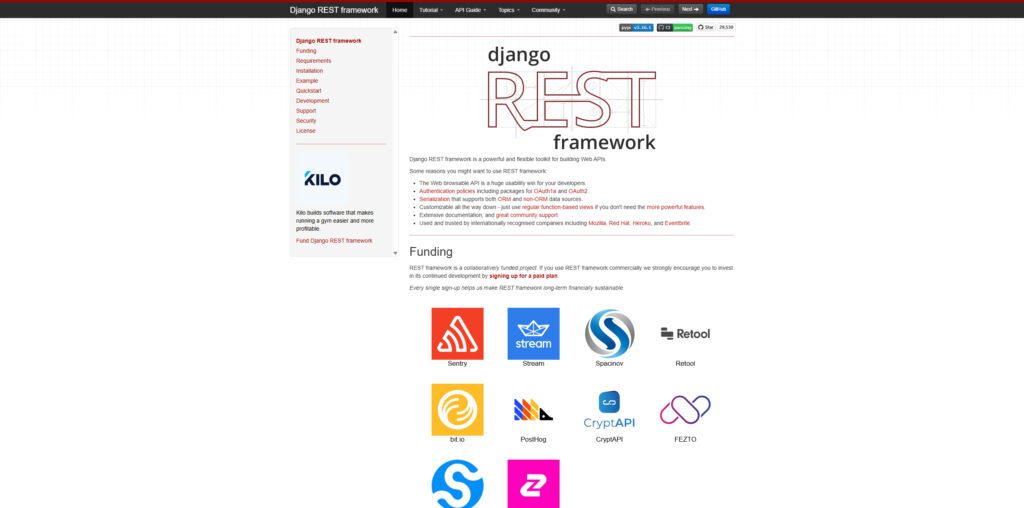
Strictly speaking, DRF is not a standalone framework but an extension layer on Django, focused on building RESTful APIs. It is extremely well adopted, very mature, and deeply integrated into Django’s ecosystem.
If your project is already in Django and you want to expose APIs, DRF is often the best choice. It gives serialization, authentication, viewsets, filtering, pagination, versioning, and more.
Because DRF builds on Django, you get both the full web stack and API tools, which can simplify structure if you need both.
Tornado
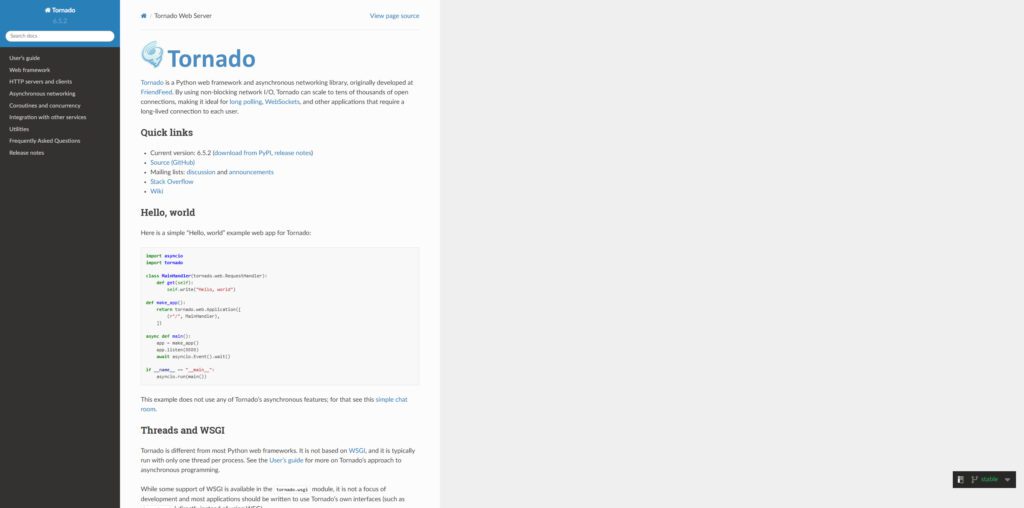
Tornado is among the older asynchronous frameworks, with roots in high concurrency, non-blocking I/O, and real-time applications.
In 2025, Tornado is less often chosen for brand new projects unless you have specialized real-time needs (long polling, websockets, etc.). But it remains relevant, especially in legacy systems or for niche high-throughput uses.
Sanic & aiohttp (async frameworks)
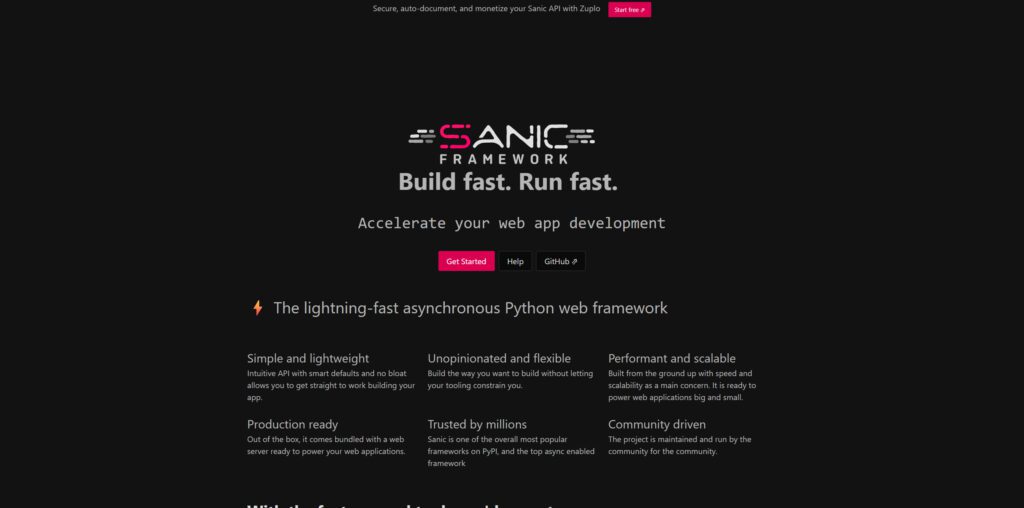
Sanic and aiohttp are two examples of frameworks built around asynchronous operation. They let you write fast async endpoints and are suited when you want a lean, async-first stack.
In 2025, these frameworks are more niche—if you know you need async, they’re good tools; otherwise many developers prefer the richer features or better community support of FastAPI or Django.
Smaller / more specialized frameworks
There remain lighter or less mainstream frameworks that survive because they fill specific niches. Examples include:
- Falcon: focuses on APIs, light and fast.
- Bottle: minimal, used in small apps or embedded settings.
- Pyramid, CherryPy, TurboGears, Web2py: older frameworks with smaller communities, often used in legacy or specific contexts.
These may not dominate, but depending on project constraints (e.g. minimal dependencies, legacy code, or educational learning), they still have a place.
Comparing and choosing: what fits your use case?
When you decide what to use, here are key dimensions to weigh:
Ecosystem vs minimalism
- If you want many built-in features and strong defaults (e.g. auth, admin, ORM, forms), go toward Django (or Django + DRF).
- If you prefer to assemble components as needed, Flask or FastAPI might be a better fit.
Sync vs async
- If your workload involves many simultaneous connections, websockets, streaming, or real-time features, then an async-capable framework (FastAPI, Sanic, aiohttp, etc.) will serve you better.
- For traditional request/response workloads, sync frameworks are still fine.
Performance and latency
- FastAPI and other async frameworks often outperform legacy synchronous frameworks, especially under high concurrency.
- But performance isn’t everything—you also want maintainability, ecosystem, community, debugging tools.
Learning curve and productivity
- Django provides many abstractions to reduce boilerplate and enforce structure.
- For beginners or teams valuing conventions, Django can accelerate development.
- Flask and FastAPI offer more freedom but require more decisions upfront.
Project scale and future growth
- Think ahead about how your architecture might evolve.
- Smaller projects or prototypes may start with Flask or FastAPI.
- If you anticipate scaling into a larger product, you might eventually gravitate toward more structured frameworks or split into microservices.
What’s new or trending in 2024–2025
A few shifts worth noting:
- Increasing dominance of FastAPI: In the “State of Python 2025” survey by JetBrains, FastAPI ranks at or near the top among Python frameworks and libraries.
- Stronger type hint & Pydantic adoption: Many frameworks now natively integrate type validation and JSON schema generation.
- Asynchronous is now baseline expectation: Even frameworks traditionally synchronous have begun supporting async endpoints or are evolving toward hybrid models.
- Microservices / API-first architectures: Many new apps favor decoupled backends serving APIs consumed by JavaScript frontends, mobile apps, or microservices. That tilts the balance toward frameworks optimized for API work (FastAPI, Flask + extensions, DRF).
- Static analysis, linting, schema generation: The tool ecosystem is richer, so your framework choice has implications for how cleanly your codebase can scale.
Recommendations: where to go next
Here are suggestions depending on where you are in your journey or project.
If you’re just starting or prototyping:
- Try FastAPI — you’ll get modern features, good defaults, and you can scale later.
- Or use Flask if you prefer minimalism and want to hand-pick your libraries.
If you’re building a full web app with front-end, admin, forms, authentication:
- Django + DRF remains a strong choice: many features come built-in, so you spend less time wiring plumbing.
If your app must handle many concurrent connections, websockets, or streaming:
- Look into FastAPI, Sanic, aiohttp, or Tornado depending on your architecture.
If you’re working with legacy systems or maintaining older codebases:
- Be prepared to integrate newer async or type-driven modules gradually.
Summary
In 2025, the Python web framework landscape is more mature and varied than ever. Django continues to hold prestige in the full-stack world, Flask still appeals to those who prefer minimalist freedom, and FastAPI is rapidly rising as a modern default for API-driven projects. Async frameworks like Sanic or aiohttp serve particular high-concurrency needs, while smaller frameworks like Falcon or Bottle fill specialized niches.
While each has its strengths, the right framework for you depends on your use case: how much structure you want, how many simultaneous connections you expect, whether you value performance over convention, and how you expect your project to evolve.


